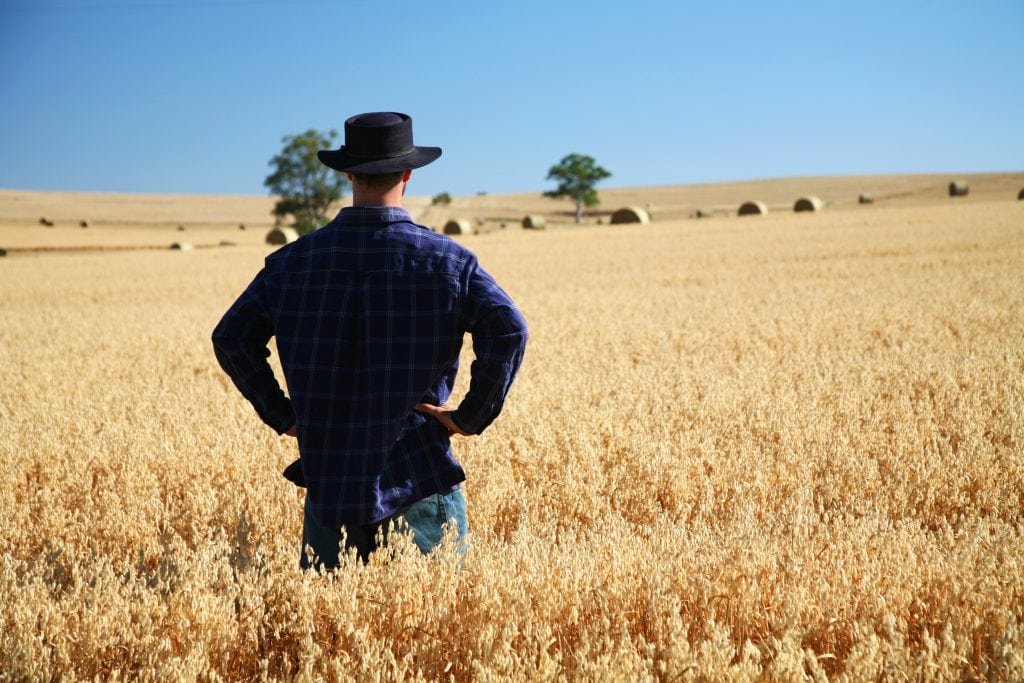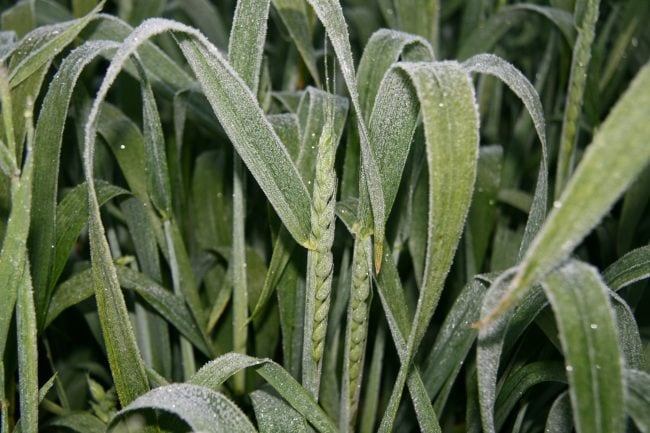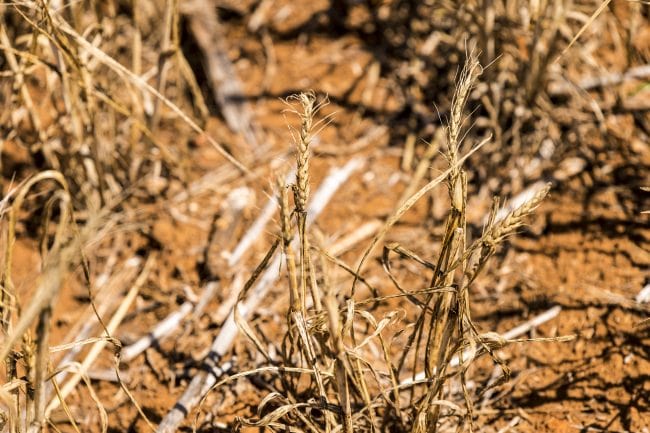
Under some climate change scenarios, heavy losses are predicted for Victoria’s wheat crops. But there are steps farmers can take to mitigate the impact.
Australia’s agricultural sector is a major contributor to the economy. The impact of climate change is predicted to affect the national economy and put the livelihoods of rural communities in peril.
But the wide divergence of climate conditions across the Australian continent means that the impact of climate change can differ substantially across different agricultural activities and regions.
This requires location-specific analyses for each sub-climate.
A research team from Monash Business School’s Department of Econometrics and Business Statistics and Centre for Development Economics and Sustainability (CDES) has been investigating the impact of climate change on wheat yields and farm profitability in Victoria’s major grain-producing regions of Northwest Victoria – the Mallee and Wimmera regions.
Professors Param Silvapulle and Sisira Jayasuriya, Dr Natalia Bailey, Associate Professor Anke Leroux and Professor Mervyn Silvapulle partnered with climate scientist Kevin Hennessey (from climate change consultancy, Climate Comms) and the industry organisation ORM, in collaboration with CSIRO, and worked interactively with farmers and agricultural scientists on this challenging project.
The team received funding from the Victorian Virtual Centre for Climate Change Innovation Grants in the Department of Environment, Land, Water and Planning.
“Northwest Victoria relies heavily on rainfall for its wheat cultivation. Farmers in the region are certainly not strangers to hot and dry seasonal conditions, with 2019 being one of the driest years on record,” Professor Param Silvapulle explains.
This new record combined with a series of tough years has encouraged growers and researchers to pose a much broader question: What seasonal extreme weather conditions will wheat farmers face over the next few decades with ongoing climate change?

Researchers are investigating the impact of climate change on wheat yields and farm profitability in Victoria’s major grain-producing regions of Northwest Victoria.
Extreme temperatures and wheat crops
The research focused on the impacts of extreme temperature (hot and cold) exposures on wheat yields to generate future yield predictions for the next 45 years under various climate change scenarios.
“While there are several Australian studies of climate change impacts on agriculture, this is the first study to utilise a unique farm-level dataset to make more realistic predictions of wheat yields and farm profits over the coming decades”, Professor Silvapulle says.
Dr Natalia Bailey explains that by developing an innovative modelling approach they were able to take into account the ground realities at the farm level.
“The results showed that frost and high-temperature exposures adversely affect wheat yields but increased rainfall can partially offset them,” Dr Bailey says.
Up to 30 per cent of wheat crops at risk
The project used the ten climatic projections provided by CSIRO that included a range of scenarios including warmer and wetter conditions, and hotter and drier conditions.
Under some scenarios (‘warmer and slightly wetter’ and ‘warmer and wetter’), future wheat yields improve in both regions due to a variety of factors such as fewer freezing days, warmer temperatures and better rainfall effectively offsetting the exposure of the crop to higher temperatures.

A frost-damaged wheat crop. Image provided by GRDC (Grain Research Development Corporation)
But climatic projections released by the Intergovernmental Panel of Climate Change (IPCC) in the Australasia Factsheet indicate that hotter and drier scenarios are more likely to eventuate in the Mallee and Wimmera regions.
Under such conditions, the modelling suggests that increased exposure to high temperatures and low rainfall could result in a steady decline in long term average yields as well as a greater level of volatility from year to year.
The negative impact of the ‘hotter and drier’ scenario will be felt more in Mallee in comparison to Wimmera.
Yields may fall by up to 30 per cent in Mallee compared with an 11 per cent fall in Wimmera.
“In collaboration with CSIRO, we generated predictions of gaps between potential and actual wheat yields (‘yield gaps’). These can help farmers and scientists to work together to design suitable adaptation methods to increase future farm yields. Ours is the first study to generate such predictions,” Dr Bailey says.

The negative impact of the ‘hotter and drier’ climate change scenario will be felt more in Mallee in comparison to Wimmera. Image provided by GRDC
Future economic impacts
The next stage of the project looked at how much farm profitability may be affected by climate change.
Professor Silvapulle points out that the economic impacts on local farm businesses and communities within the Mallee & Wimmera regions will largely be determined not only by which climatic scenario eventuates but also by how farmers respond and adapt.
“This highlights the need for modelling to incorporate the adaptive behaviour of farmers into any realistic analysis,” she says.
Farm adaptation strategies may include adopting new cultivation practices that are better suited to the new climatic conditions, or considering new varieties and crop management strategies to minimise the impacts of climatic variation.
The analyses of historical farm-level data and the interactions with farmers helped the research team to understand farm-level constraints and how farmers can respond to changing conditions.
“Farmers are very dynamic and active in responding to changes in the climatic conditions and market opportunities,” Associate Professor Anke Leroux says.
Farmers have been changing their cultivation practices and diversifying farming operations already to protect farm profitability – for example, by planting more drought-tolerant crops such as pulses targeting new export markets such as India.
Climate change makes both crop yields and farm profits more volatile
“Financial services providers such as insurance companies and banks should plan to develop appropriate farm finance products and services to cater for increased levels of volatility,” Associate Professor Leroux explains.
Professor Silvapulle emphasised that these results are location specific.
“There are important differences even between Wimmera and Mallee,” she says.
“This means that studies like this are required for each cultivation region to understand the impact of climate change and to plan for appropriate management responses.”


